28/02/2022
Germany is a major gas
importer of Russian Gas, given its high demand and low domestic production, and
its net gas imports were around 84 Billion cm last year, showing that Russia
accounted for over 60% of German gas imports last year. To help this
situation, Germany has decided to accelerate work to build two Liquid Natural
Gas terminals in the country to help reduce the dependence on Russian gas
imports, said Chancellor Olaf Scholz. Germany does have some storage
capacity but these are only 29% full. Building more storage will enable Germany
to buy and store LGN from other places and not rely on Russia. In the short
term Germany is looking at other renewable forms of gas supply, and more at
green energy.
27/02/2022
Following on from the Dictator President
Vladimir Putin‘s illegal invasion of Ukraine and the barbaric attacks on innocent civilian targets, now he has also ordered the destruction of oil
refineries in Kyiv and the gas
pipeline in Kharkiv. Pictures show
huge amounts of smoke and burning polluting the atmosphere. Huge amounts of hydrocarbons and greenhouse gases put
into the air in one day, negates most of the carbon measures that the rest of the
world has put together and used over the past year. Driving through the
Chernobyl exclusion zone and kicking up large amounts of radioactive dust and
attacking a nuclear storage facility has increased the amount of radioactivity
released into Ukraine and later the rest
of the world. When this is all over President Vladimir Putin will have to pay
for war crimes and his ecological crimes against the whole world.
Photo http://censor.net/ua/n3319588

26/02/2022
Researchers at Leibniz-Institut für Gewässerökologie und Binnenfischerei
have shown that birch trees absorb microplastics through their roots during the
growth phase. Birch trees (Betula pendula Roth.) have been used to clean contaminated
land because they sequester and store industrial pollutants and heavy
metals in their tissues, which then allows the
colonisation of microbial communities that breakdown all types of hydrocarbons. This tree species' roots grow
close to the soil surface, where microplastic pollution are found. The
researchers labelled microplastic beads (5-50μm) with fluorescent dye and added
them to the soil of potted trees. After five months, they examined root samples
using fluorescence and confocal laser scanning microscopy and found between 5
and 17 percent of the plastics absorbed.
Kat Austen,
Joana MacLean, Daniel Balanzategui, Franz Hölker; "Microplastic inclusion
in birch tree roots"; Science of The Total Environment; Volume 808, 2022,
152085, ISSN 0048-9697
Photo Pixabay

25/02/2022
Just because it’s green that doesn’t make it safe all good there is a
need to check on green substances to ensure that the level of environmental
toxicity is safe and standardised. Natural
resources of the planet are running short and a dilemma is on the new by own
economy strategy role than just relying on fossil-based materials the move of the economy is to renewable materials including
plants, wood, microorganisms
and algae however some of these bio materials are more toxic than their
fossil-based counterparts and the concentrations that are used are often less
known. This is why there is a need for more investigation and knowledge on bio
toxicity. Novel substances and new technologies often have potential hazards
for humans and the environment and the need to examine whether these bio based chemicals are more environmentally friendly than the
conventional chemical compounds needs to be thoroughly investigated

24/02/2022
A research team led by Lund University in Sweden has shown how solar
power can convert carbon dioxide into fuel, by using advanced materials and
ultra-fast laser spectroscopy. This breakthrough
could lead to reducing the levels of
greenhouse gases in the atmosphere. The researchers have studied a
porous organic material called COF - covalent organic framework. The material
is known for absorbing sunlight very efficiently. By adding a catalytic complex
to COF, the researchers have succeeded,
without adding any additional energy, a system of converting carbon dioxide to carbon monoxide.
Carbon Monoxide is a very powerful and reactive chemical and this chemical once
created can be used to make many other organic chemicals including fuels.
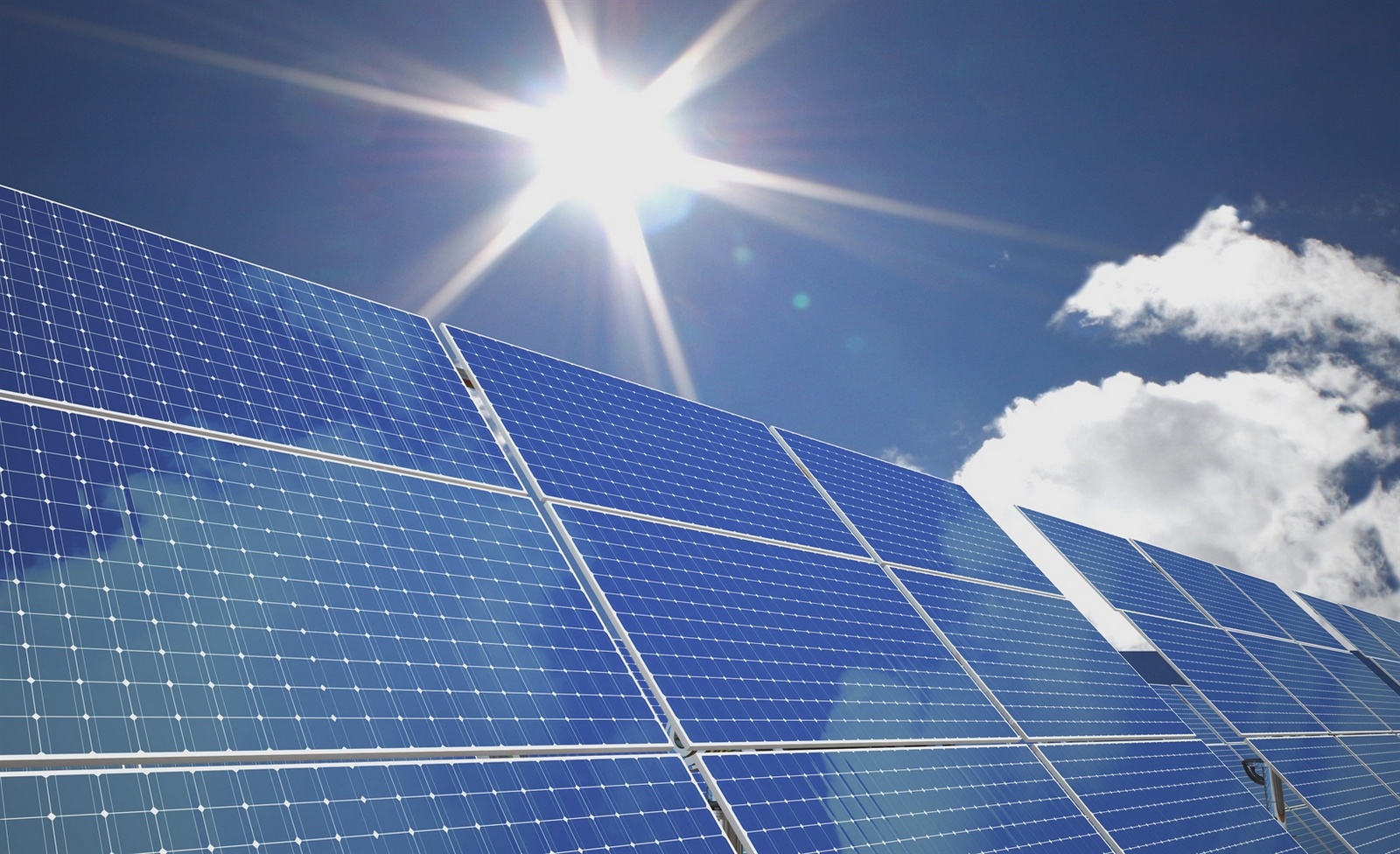
23/02/2022
Australians are now using far more renewable electricity and moving
away from gas. Renewables provided five times more power than gas in 2021 and
the gas generation has reached its lowest level in 15 years. There has been a
30% jump in the state of Victoria and a
26% rise in Western Australia. There have been major upgrades to the transmission
lines across the whole of Australia increasing the capacity of their ageing
electricity grid, to cope with the increase in renewable power. Because of the price of
gas more Australians are moving towards renewable electricity and almost a third of
Australian households have solar panels which is the highest rate in the world.
The reliance on coal is still falling although it still remains the dominant
source of power accounting for 66% of the electricity generation.

22/02/2022
Researchers at the University
of Copenhagen have found several hundred different chemical substances in clean
tap water stored in reusable plastic bottles for a few hours. In their
experiments, the researchers mimicked the ways in which many people typically
use plastic drinks bottles. The researchers left ordinary tap water in both new
and used drinking bottles for 24 hours, both before and after machine washing,
as well as after the bottles had been in the dishwasher and rinsed thoroughly
in tap water.
"What is released most
after machine washing are the soap substances from the surface. Most of the
chemicals that come from the water bottle itself remain after machine washing
and extra rinsing. The most toxic substances that we identified actually came
after the bottle had been in the dishwasher - presumably because washing wears
down the plastic and thereby increases leaching," explained the researcher
Selina Tisler of the Department of Plant and Environmental Sciences.
In new reusable bottles,
close to 500 different substances remained in the water after an additional
rinse. Over 100 of these substances came from the plastic itself.
Photo Philip M Russell
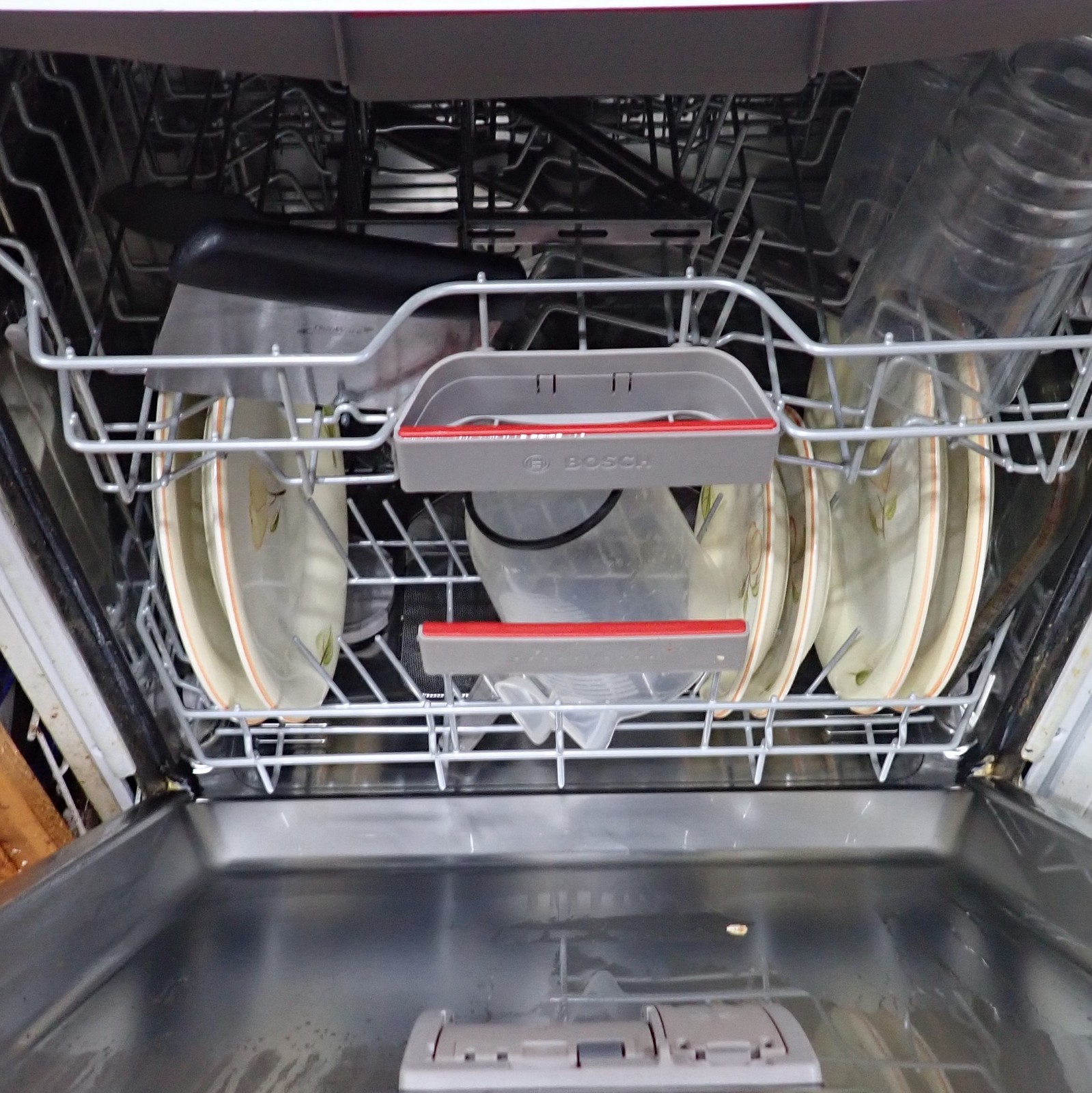
21/02/2022
Peridotite dunnite an igneous rock, that contains less than 45% silica, has been
found to be able to sequester large amounts of carbon when the rock is recently
fractured. In the experimental study Catalina Sanchez Roa and other researchers
from Lamont-Doherty Earth Observatory, Columbia University used a triaxial
deformational apparatus to facture the rock samples and show that the permeability
of the rock to carbonation increased significantly. This
is the first recorded experimental evidence of reaction-driven fracture during
carbon mineralization and its role in maintaining permeability at advanced
stages of the process. These results confirm that the carbon mineralization
process can be self-perpetuating through reaction-driven cracking (at least at
the local scale), a process that is fundamental to upscaling engineered carbon
mineralization as an efficient, and safe method for CO2 storage.
Photo B Navez
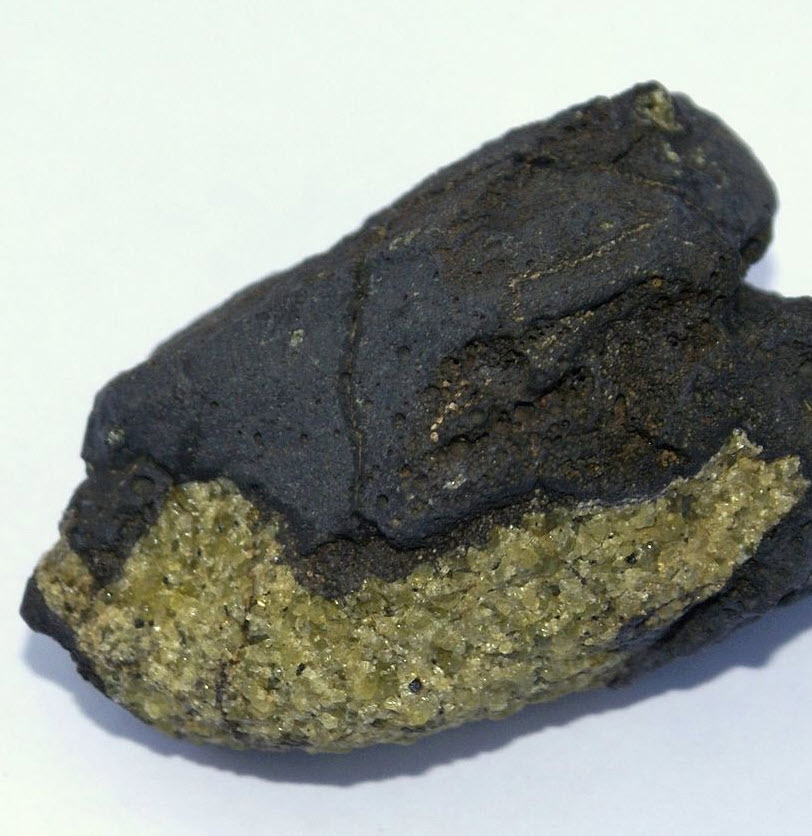
20/02/2022
The
Salton Sea in California is a large geothermal field which by pumping up the
hot water powers turbines and makes electricity but the water also contains
large amounts of lithium. There seems to be a very substantial deposit of
lithium here but there is little understanding of where the lithium comes from
and the rate at which it would decline as extraction takes place. This brown
source of lithium is larger than the South American deposits and could possibly
supply 50 to 100 years worth of lithium production to the United States. By
during direct lithium extraction the lithium ions can be separated from all the
other islands in the cold brine and this can be used to make lithium compounds
for batteries. By using some of the electricity generated then much of
this lithium can extracted in environmentally friendly way. This project has
been carried out by the Lawrence Berkeley National laboratory.
Image Jenny Nuss/Berkeley Lab
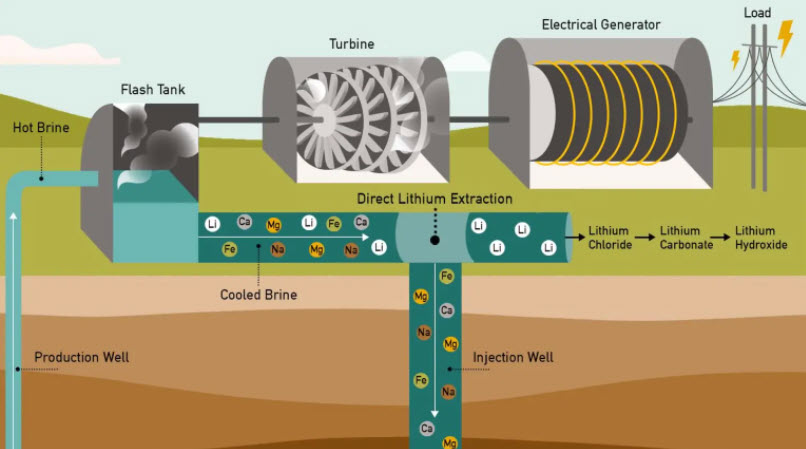
19/02/2022
A group of Drexel University chemical engineers have found a
way to introduce sulfur into lithium-ion batteries which has improved the
capabilities of the battery. The discovery is a new way of producing and
stabilizing a rare form of sulfur that functions in carbonate electrolyte, which is the electrolyte gel used in commercial Li-ion
batteries. This development would not only make sulfur batteries commercially
viable, but they would have three times the capacity of Li-ion batteries and
last more than 4,000 recharges. Previous versions of the Li-S batteries
have already been shown to have improved performance in experimental settings
using an ether electrolyte, rather than using the traditional carbonate. But
these batteries are not be commercially viable. Replacing the cathode in
Li-ion batteries with a sulfur one would alleviate the need for sourcing
cobalt, nickel and manganese, which are toxic.
Photo Drexel University
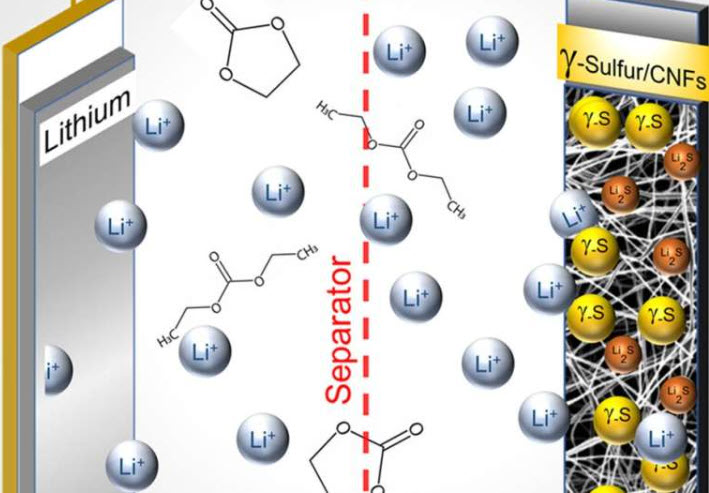
18/02/2022
We made a very short walk to the local park and stood in the middle far away from trees. We managed to record gusts of between 50 and 55mph over a 20 minute period. Paul the camera man struggled to hold the camera still and struggled to stay upright hoimeself as we were battered by the storm. I needed the safety specs to protect my eyes.
Photo Philip M Russell
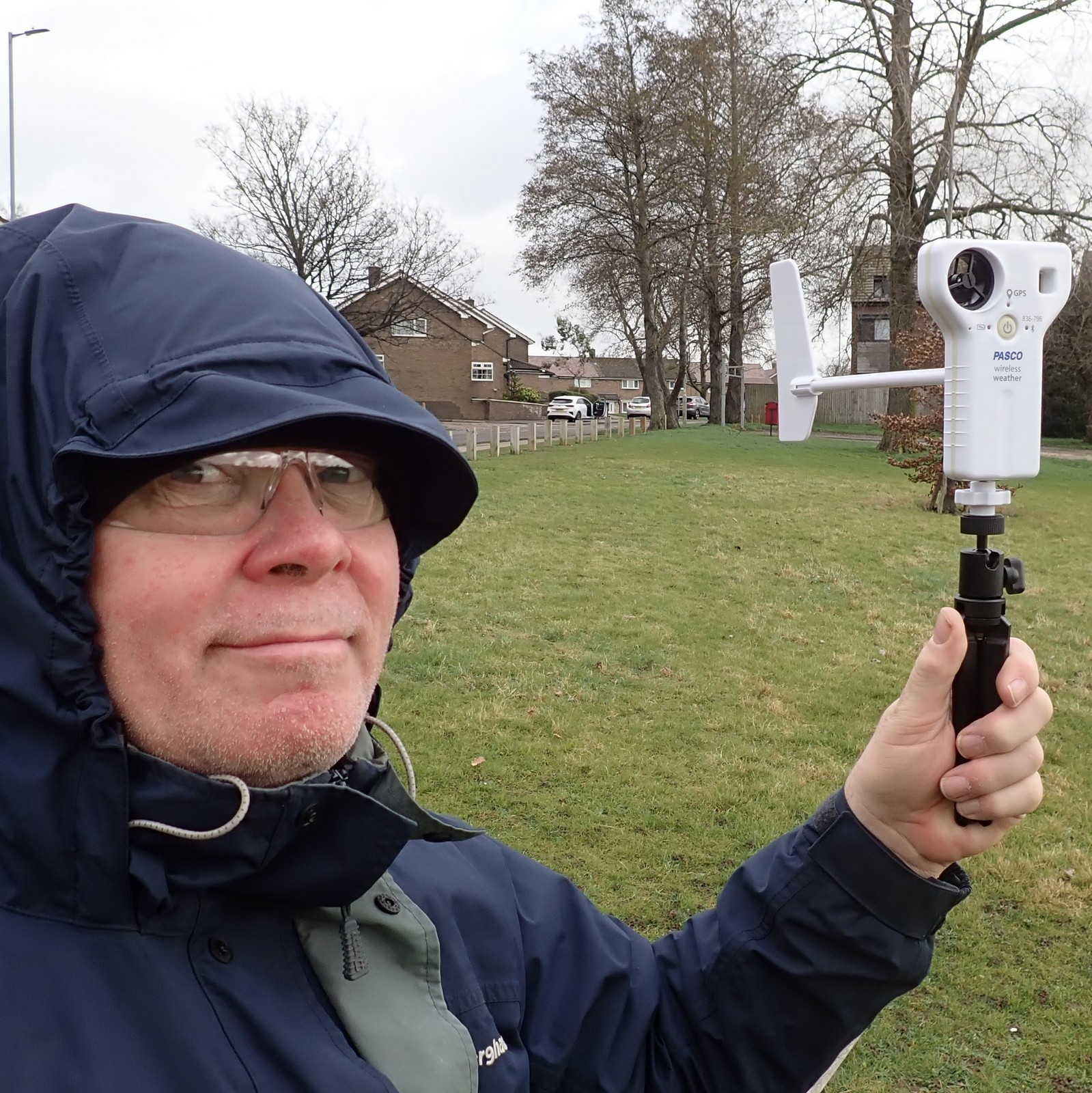
18/2/2022
Red weather warnings don’t happen very often in the UK. Some
years we have none at all. This year we have had two red weather warnings, and
today we had two red weather warnings for different parts of the United Kingdom,
as Storm Eunice hits the country. Many schools have been shut, the trains have
been cancelled, people have been advised to stay at home and indoors, as up to
90 mile an hour winds hit the south of the country. The wind is building up so
if you’re in the red area stay safe.
Photo Philip M Russell
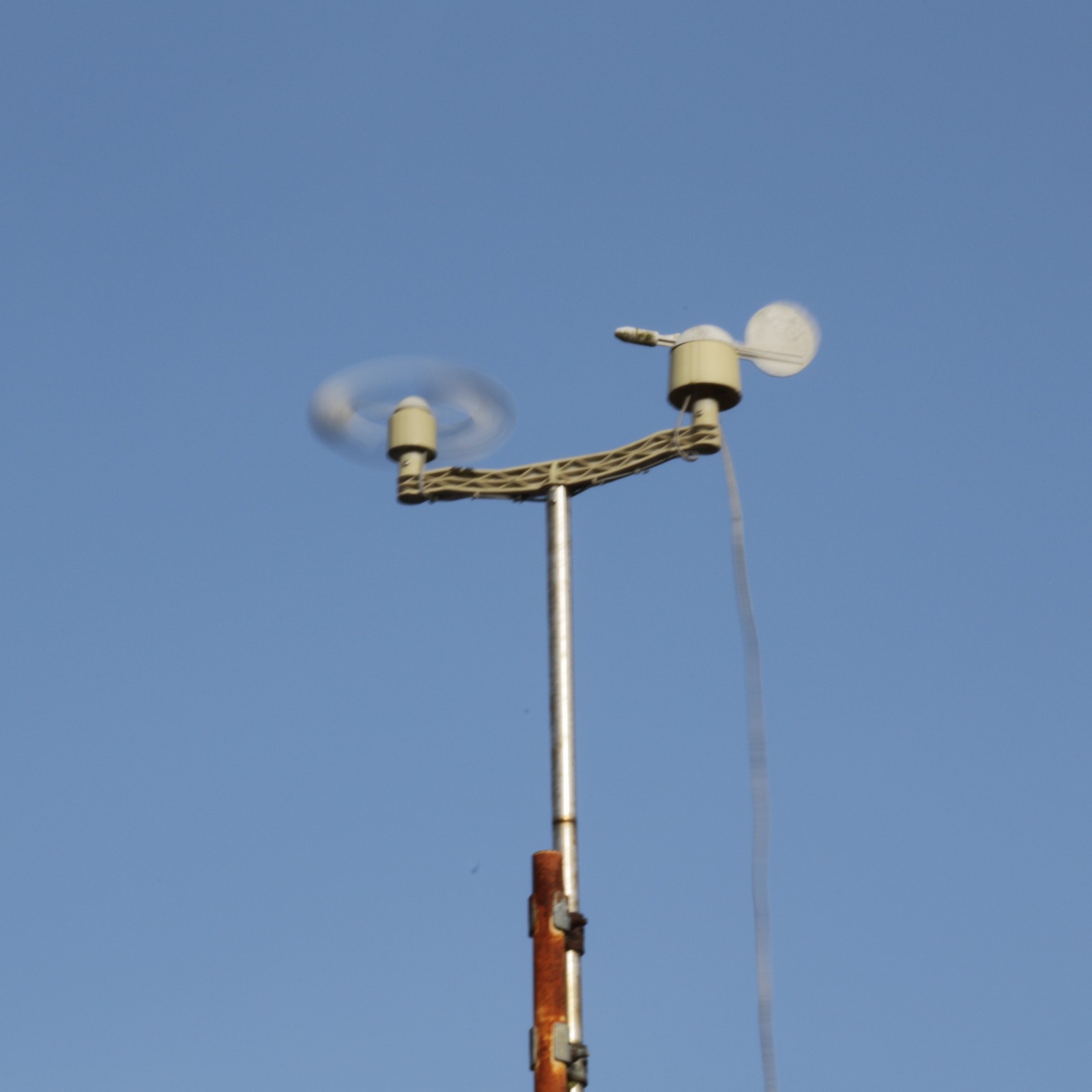
17/2/2022
If you
watched the number of private jet planes leaving after the Super Bowl match in
the USA then you certainly might think not. The Super Bowl is always attended
by the wealthy the superstars the athletes and the millionaires and Sunday’s
big game in Los Angeles who is no difference with over 140 private jets leaving
LA within five hours of the Super Bowl ending. The planes flew across the
United States and if you think of each plane only having a few passengers that
was an awful lot of greenhouse gases produced just for one event. Perhaps if we
are to measure how green events are then we need to take into account the audience
and how they travel to and from the events and how much total greenhouse gas
emissions are created.

16/2/2022
Makai
Ocean Engineering, an ocean technology and engineering firmbased
in Hawaii USA is developing a new mooring an anchoring method for large-scale
floating offshore wind turbines. The new methods reduce the cost of offshore
renewable energy and deploying the floating wind turbines in areas that would not otherwise be accessible.Makai’s approach involves remotely installing micro
piles on the sea floor which are strong enough to secure the floating
platforms. Using this method costly equipment and vessels are not required and
this dramatically reduces the installation cost.
Photo Pixabay
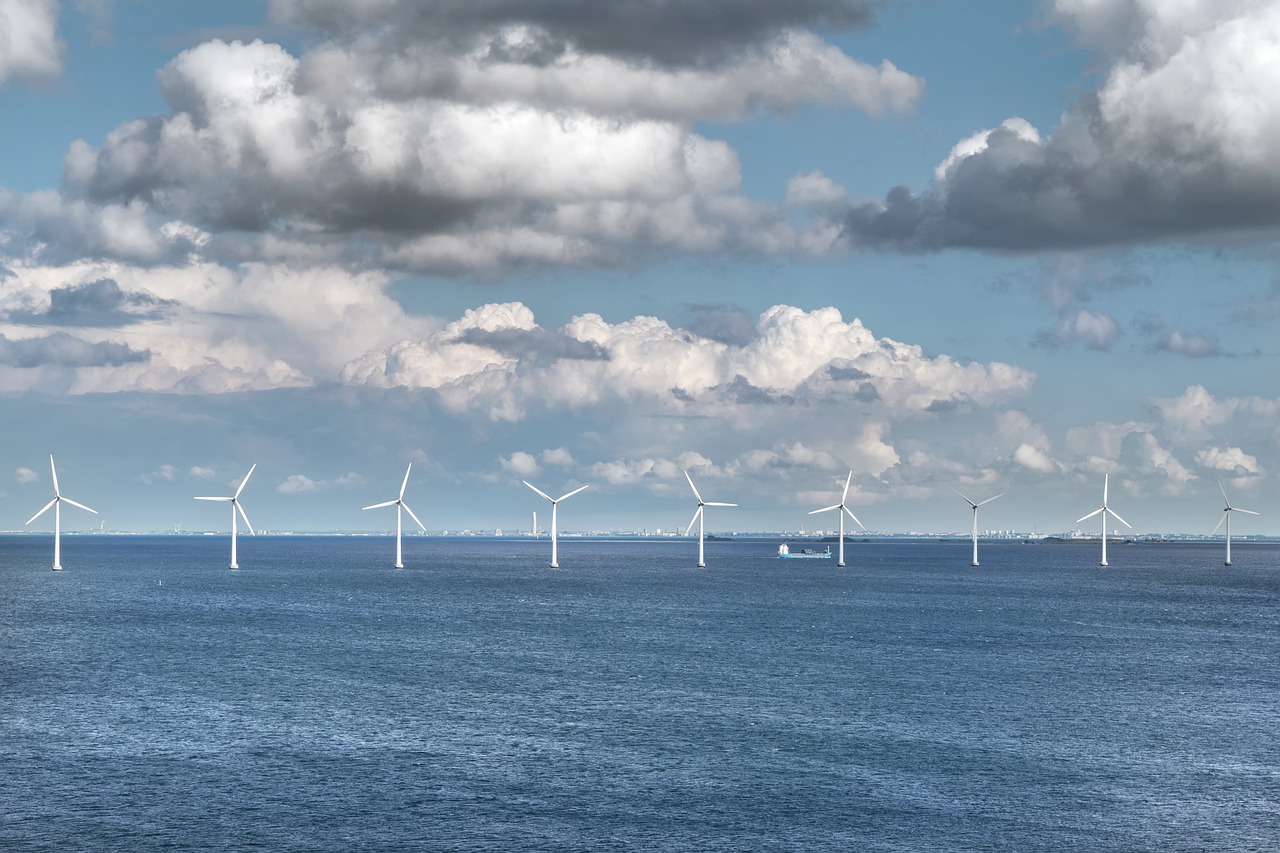
15/2/2022
It’s
long been known that we can use bacteria that fix nitrogen as a fertiliser.
Plants like legumes use nitrogen fixing bacteria naturally. But using this
nitrogen fixing bacteria on all types of crops has a problem because these
bacteria only live for a few hours when sprayed on as a fertiliser. Daniel Nocera
an energy professor at Harvard University has found a way to make these
bacteria live for more than two weeks by putting them under stress so that they
store and hoard energy and this helps these microbes last longer in the field.
The farmers think and spray this bacterial mix onto the crops in the exactly
the same way using the same machinery that they use for a synthetic fertiliser.
The microbes don’t get washed away in the same way that the water runs off and
as they sense the deficit of nitrogen in the soil around them they start fixing
the nitrogen from the air for free and as these microbes die they have also
captured carbon which makes the soil healthier as a byproduct.
Photo Pixabay
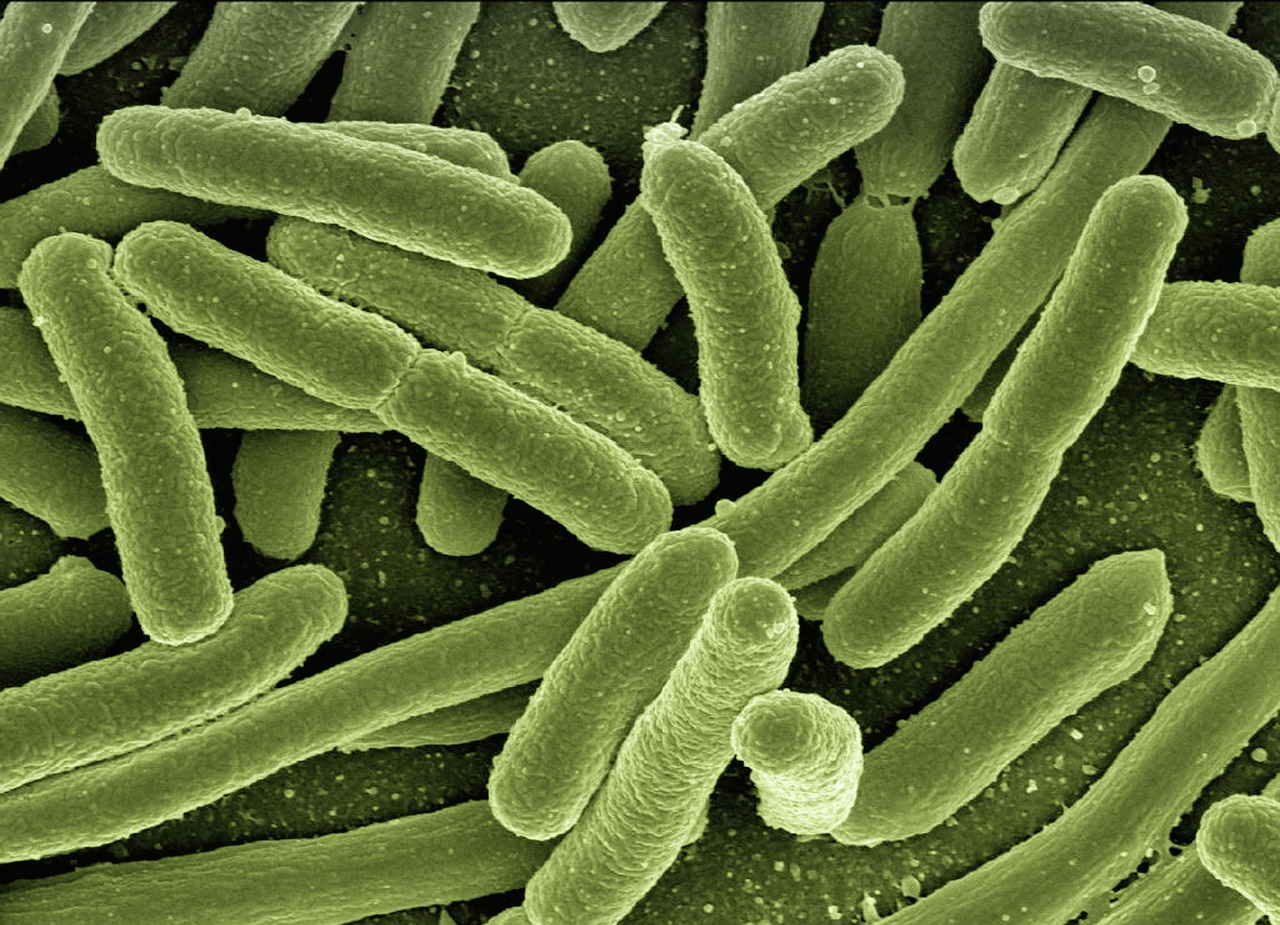
14/2/2022
Carsten Streb, a researcher at Ulm University
along with a multidisciplinary team of researchers have produced a novel new molecule
that can be used to allow hydrogen to be made from solar energy on demand.
They have developed a photosensitizer–polyoxometalate dyad that changes from
clear to a dark, inky blue in the presence of light and in the process captures
hydrogen. When you want to release the hydrogen, you just add an acid, like the
sulphuric acid. The hydrogen that’s released can then be used to power
something. Unlike most molecules that degrade in sunlight the half-life of
this molecule is about 40 hours. Once discharged the molecule needs to
be reformed and at the moment the research does not cover how to recycle the
molecule easily. The molecule can be charged and discharged multiple times, but
there is some level of degradation that occurs with it. It’s still too
early to say how useful this molecule could be but this is a promising
line of research. Photo Philip M Russell
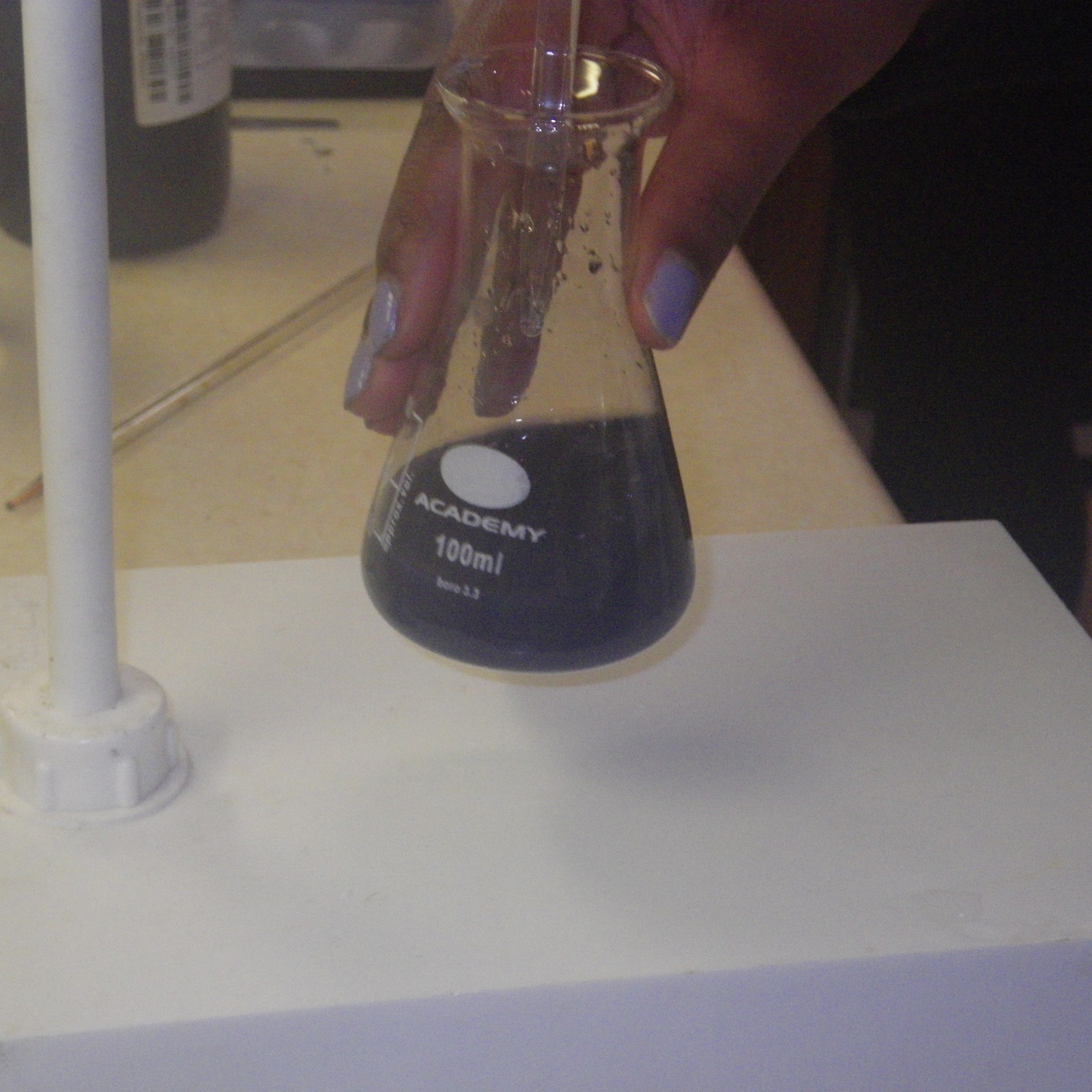
13/2/2022
The basic problem the world has with renewable
energy sources is that solar and wind renewables are not consistently available,
but the power they generate must be available all the time. The only way to
overcome this problem is with either better battery storage, that is environmentally
friendly and affordable, or to find new technologies to do this.
Some of the new ideas that are coming out are to
store the energy in unconventional ways such as freezing water, compressing air
and pumping water from a low potential to a higher potential. All these are
done when electricity manufacture is high, during the day when the solar is
high or when the wind is high. When
production is low, ice can be thawed, compressed air can be released and water
can power a turbine as it falls.
Alternatives are to use new types of batteries
like thermal energy storage batteries, storing heat in a rock like substance
and recapturing the heat when needed. .
Photo Pixabay

12/2/2022
Only a few years ago scientists found that
ruthenium with carbon dioxide hydrogen pressure heat and some time they could
make methane. The problem with the system of capturing carbon is that it is
only a short carbon chain one carbon long. A new catalyst invented by Cargnello
and his colleagues has increased the production of long carbon chains. This
improved catalyst can produce 1000 times more butane the longest hydrocarbon it
can make. Butane being for carbon is long sequesters more carbon and produces
more energy in the fuel being made. The problem with the original catalyst was
there was too much hydrogen so this new catalyst is coated in plastic which
makes it more difficult for the hydrogen to get in and so longer carbon chains
which are far more useful can be made. Because butane is liquid at room
temperature it is now much easier to handle than the previous chemicals made.
Using this type of system carbon can be captured from different industrial
systems and then turns into fuel and burned again. The longer hydrocarbon
chains are more expensive to produce and use more energy.
Photo Philip M Russell
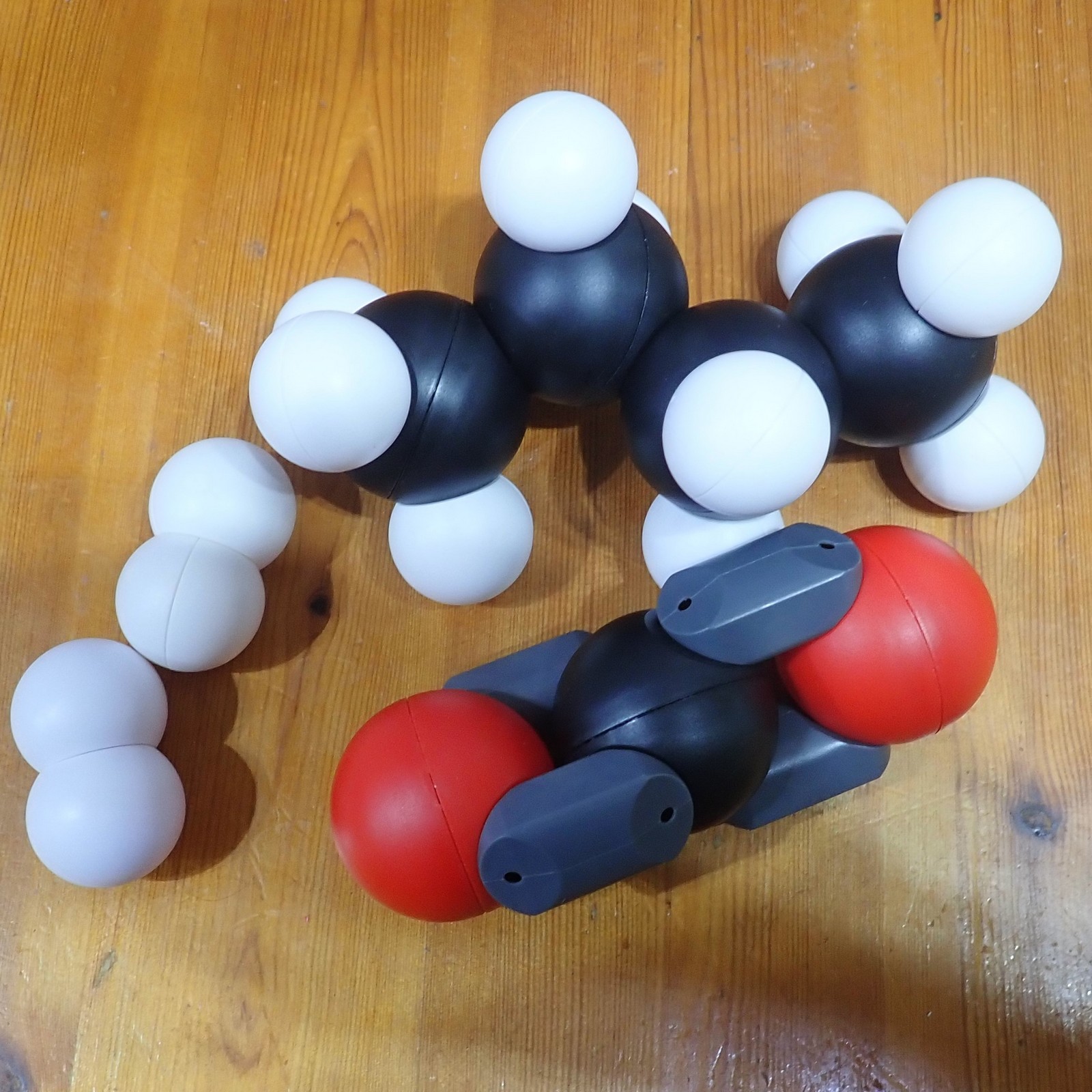
11/2/2022
One of the basic problems of recycling plastics is
that when they are recycled often they weaken with each reuse and sometimes
recyclers have no idea how many times the plastic coming in has been recycled.
Most plastics contain carbon hydrogen bonds which are some of the strongest chemical
bonds found in nature and this heist ability makes it difficult to turn natural
products into other chemicals and is a challenge to recycling commodity
plastics. By modifying the carbon hydrogen bonds are in common polymers the
lifespan of these polymers could be extended beyond a single use. The Leibfarth
group how developed a system by selectively pulling hydrogen atoms from a
polyolefin so that they can extend the life of a single use plastic into a
high-value plastic known as an ionomer. Most recycle plastic is down cycled
into lower quality products like carpets or polyester clothing and this still
ends up in landfills, but if the chemistry can be repeatedly applied to
polymers it will help them be recycled over and over again without weakening. Using
a newly identified reagent they can strip hydrogen atoms off various different
medicinal compounds and polymers and the UNC chemists were able to make new
bonds in place of previously unreactive bonds.
Timothy J. Fazekas et al.; "Diversification of aliphatic C–H bonds
in small molecules and polyolefins through radical chain transfer";
Science; 3 Feb 2022
Photo Jon Gardiner/ University of North Carolina Chapel Hill
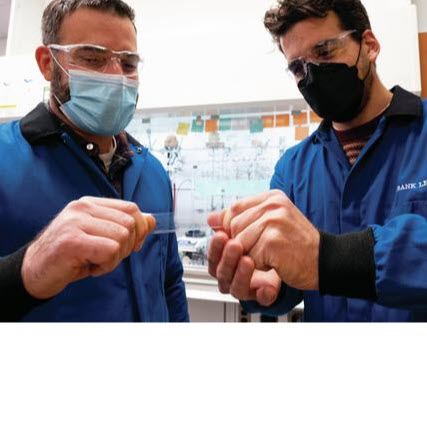
10/2/2022
It is now rapidly becoming a sign of the
times as more companies drop coal, oil and gas and turn to renewables only. Muehlhan,
which provides services in the offshore wind industry primarily by delivering
pre-assembly work, has sold off its oil and gas division, which will enable the
company to focus its investments in sustainable and high-growth markets. The
Danish company sold the oil and gas business to French company Altrad on 31
December 2021. In their press release they said “Under the leadership
of Søren Høffer, Muehlhan’s Renewables business will continue to grow in the
wind energy market, which was latest demonstrated by Siemens Gamesa awarding
Muehlhan Wind Service the pre-assembly contract for the 1.5 GW Hollandse Kust
Zuid offshore Wind Farm”.
Photo Muehlhan
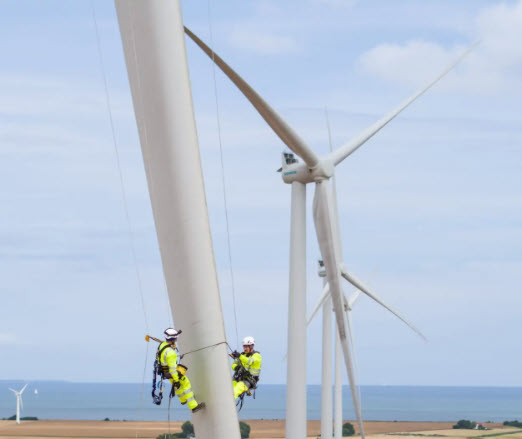
9/2/2022
For hundreds maybe even thousands of
years the Bedouin tribes moved across the Arabian peninsula they followed the
rainfall and they created pasture essential for their animals. The Bedouin
settled in the 1950s and then they had to change their way of life which caused
overgrazing and the gradual disappearance of all this native pasture. A new
scheme is recreating this way of farming. When the rain is full there is
usually a flash flood and the water runs off so a new project of building rock
terraces and check dams slows the water so that it has time to sink into the
ground. In 2012 a project moved drape resisting trees into the area and some
did manage to survive providing a partial green landscape for some animals and
improving the soil. Gradually the rains of 2018 and 19 have sprouted new life
into the landscape and the arid desert land is starting to become a much richer
and green land. Plants are now thriving including fruit and nut trees and
hopefully this project at Al Baydah will be translated to other areas.
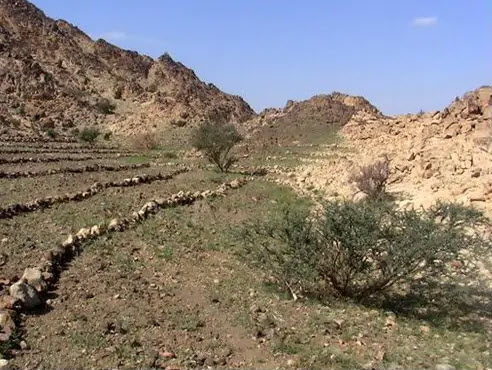
8/2/2022
Ireland’s Gas was the primary source of electricity
in 2021. The wind farms production fell from 35 per cent in 2020 to 29 per cent
last year. The use of Coal for electrical generation increased from 5
per cent in 2020 to 11 per cent in 2021. At times last year Coal
provided as much as 29 per cent of generation. At present Ireland is
aiming to reduce its dependence on coal switching in favour to Gas to support
its growing wind farms as the intermittent supply of electricity by renewable
means needs to be complemented by a more steady and reliable source – namely Gas.
Photo Pixabay

7/2/2022
The use of carbon dioxide refrigerants at the Beijing
Games will help reduce carbon emissions by an equivalent of 3,900 cars per
year, cutting them to nearly zero. The system also has a cooling efficiency
that is 1.2 times more efficient than traditional HFC refrigerants for the ice
rinks. The waste heat generated during the refrigeration process is recycled
and used for the stadium’s ambient heating and hot water for the showers. It is
estimated to save up to two million kilowatt-hours of electricity annually
compared to the traditional HFC systems. The games’ estimated footprint,
equivalent to 1.3 million tonnes of carbon dioxide, is a drop in the ocean
compared with China’s annual emissions of about 11 billion tonnes. Beijing
has reduced the impact of the current games by repurposing seven of the venues
used in summer Olympics of 2008 and for other sporting events. The sites
where the snow sports including skiing and snowboarding are held are cold, but
have very little precipitation, so China has had to pump in water from other
regions to manufacture the snow. Beijing has redirected wind and solar
energy through a newly built grid but still much of the electrical power comes
from coal.
Photo ©2022 Getty Images
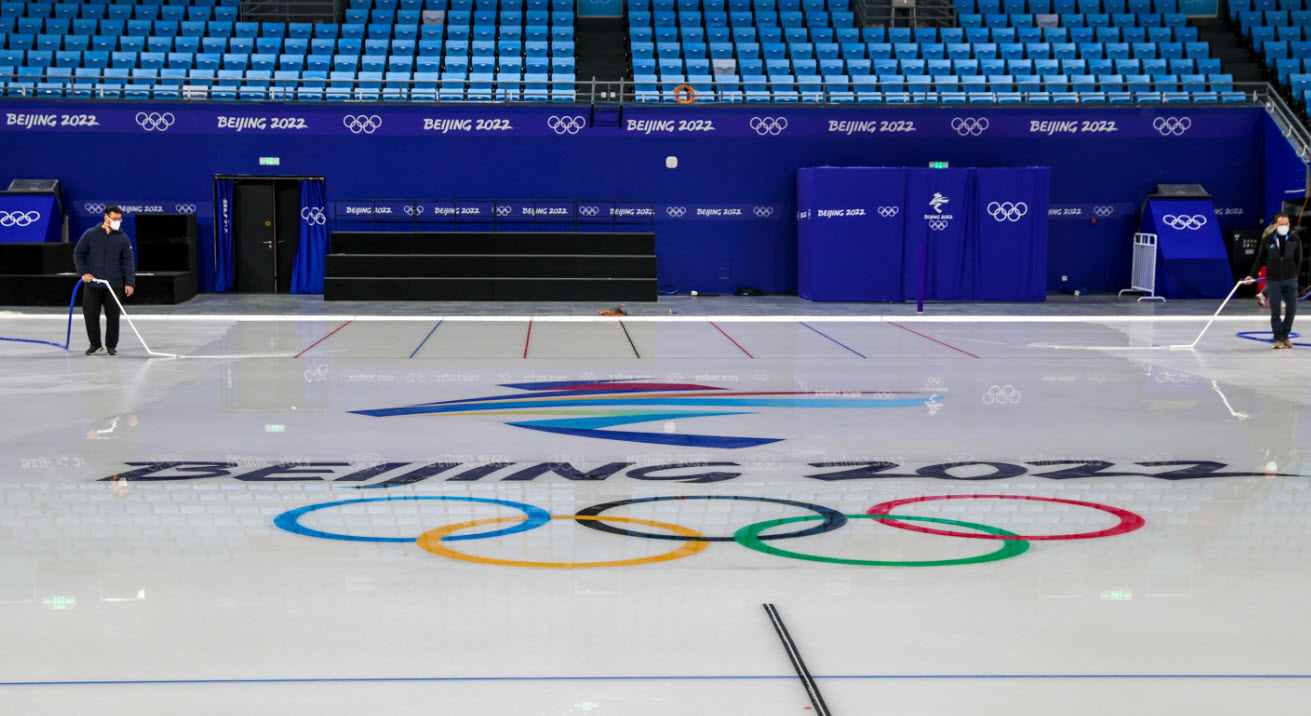
6/2/2022
Conventional wind turbines are criticized as being, large, ugly, and noisy
and not for home consumption. But French firm New World Wind wants to
change that with the ‘Wind Tree,’ a 26-foot-tall tree fitted with 63 tiny
blades that can generate electricity. The company make a bush, a tree with 36
turbines or a modular tree. The Modular Tree is composed of 3 to 5 steel trunks
that stem into tinier branches on which the 18 - 30 leaf-shaped wind turbines
or Aeroleaves are attached. For an even bigger performance, photovoltaic petals
can be added. The Tree can exploit all types of wind, from gentle breezes to
powerful gusts of wind in both urban and rural environments. The
Aeroleaf has a very low starting threshold of 2,5 m/s of wind. This allows the
Aeroleaves to generate electricity for ±300 days/year. It is a technology that
capitalizes on low urban wind speeds with small turbines to generate a lot of
power, enough to power 15 street lamps or supply the average home with ¾ of
their power needs. The trees come in a variety of colours so they can silently
blend in with the environment. And for every new world wind tree bought they
plant 10 real trees.
Photo New World Wind
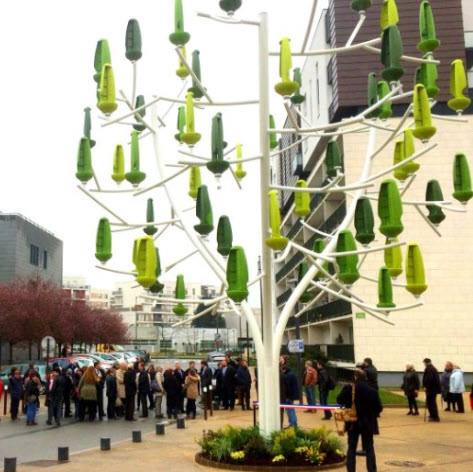
5/2/2022
Some countries can’t really host the Winter
Olympic Games now because they have no snow perhaps like Beijing using
artificial snow by 2050, 10 out of the 19 Olympic hosts will not be able to be
reliable winter sport destination and by 2080 the number of suitable for my
house will drop to just six. Organisers of the 2010 Vancouver Winter games
wrote that it was the warmest weather on record and it challenge their ability
to prepare the fields of play. Sochi 2014 was warmer still. The poor course
conditions meant that most medal winners struggled and of course practice for
these athletes is becoming more and more difficult. Proposals are there after
2030 any global sports events or tours that are not carbon zero should be
cancelled or postponed, but this time is really already here.
Photo Pixabay
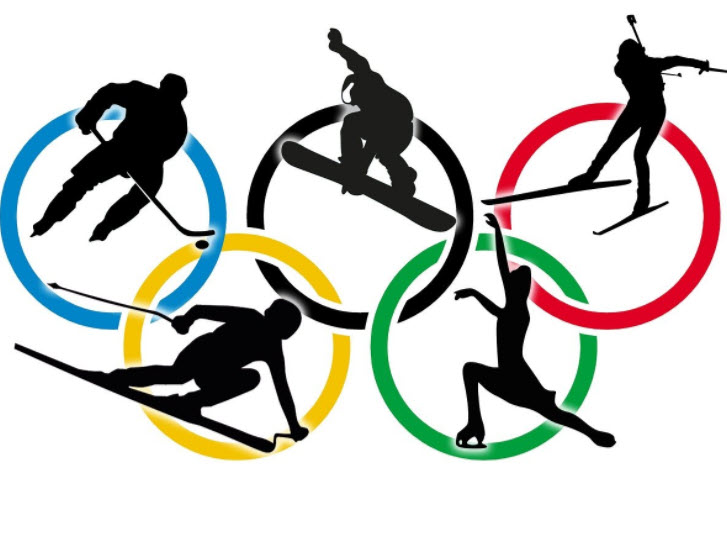
4/2/2022
Lithium ion batteries are great but the
scarcity and high cost of lithium means that new and better systems need to be
used and one of these is a sodium based seawater battery. These seawater
batteries are environmentally benign and naturally fire safe but they cost a
lot to make because the electrode needs to be co-doped with multiple
elements such as nitrogen and sulphur to boost their performance and systems to
do this are very expensive potentially dangerous and don’t yield acceptable
levels. A recent study by a team of scientists from the Korea Maritime and
Ocean University have found a way to dope the electrodes at a higher level and
in a much safer way. Although this is early research the potential maritime
applications of this type of battery which can operate submerged in seawater is
substantial. We watch this progress with interest.
Hyeon-SuYang et al.; "Facile in situ synthesis of dual-heteroatom-doped high-rate capability carbon anode for rechargeable seawater-batteries"; Carbon; Volume 189, 15 April 2022, Pages 251-264
Photo National Korea Maritime & Ocean University
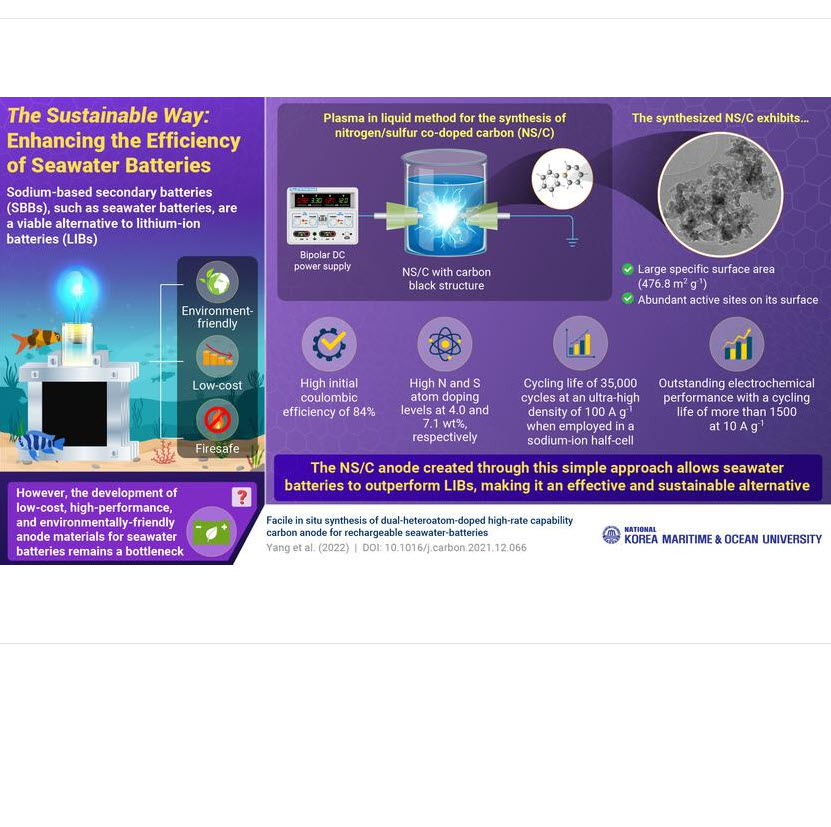
3/2/2022
Engineers at the University of Illinois
have managed to construct a cost-effective artificial leaf that can capture
carbon dioxide 100 times better than any current system works in normal air
which is containing very dilute sources of carbon dioxide. This artificial leaf
is a modified version of existing systems with a built-in water gradient
creating a dry on a wet side across a charged membrane. On the dry side and
organic solvent attaches to the carbon dioxide producing a concentrated by
carbonate solution. As the bicarbonate solution increases these are pulled
across the membrane towards a positively charged electrode in a water-based
solution. The liquid solution dissolves the HCO3 back into carbon dioxide so
that it can be released and harnessed for fuel uses. The current system is
small enough to fit in a backpack and uses less than the electricity used by 1
W LED lightbulb. The system is stackable so that modules can be added or
subtracted and could be affordable are used in homes and classrooms. A small
system the size of a home humidifier could remove more than 1 kg of carbon
dioxide per day.
Aditya Prajapati et al.; "Migration-assisted, moisture gradient process for ultrafast, continuous CO2 capture from dilute sources at ambient conditions"; Energy & Environmental Science; 2022
Photo Pixabay
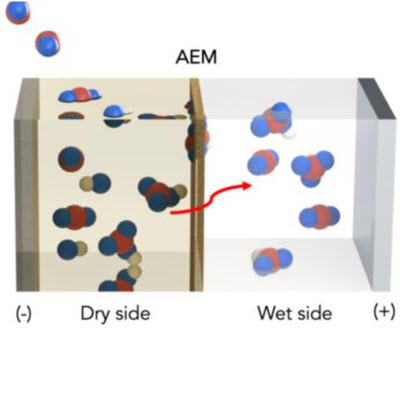
2/2/2022
Chemicals
from one third of the plastic products found to contribute to fat cell
development. A research group looked at 34 different plastic products in
the laboratory and analysed the chemicals they contained. The products studied
were many of the everyday products that many people use, like yoghurt
containers, drink bottles and kitchen sponges. The researchers found over 55000
different chemical components in these products and identified 629 of the
substances. Eleven of these substances were known to interfere with our
metabolism. Instead of most plastic chemicals staying in the material the University
team from Goethe University showed that many of these plastic products
leach out a large number of chemicals which allows them to enter the body. These
plastics have been shown to contain endocrine-disrupting chemicals that may
affect our development and fertility. Now it appears that these chemicals may
contribute to weight gain as well. The substances in these products reprogramed
cells to become fat cells in the body, which can allow more fat to be stored.
Obesity is a major problem in much of the world and it seems that chemicals in
plastic packaging is not helping.
Photo Pixabay
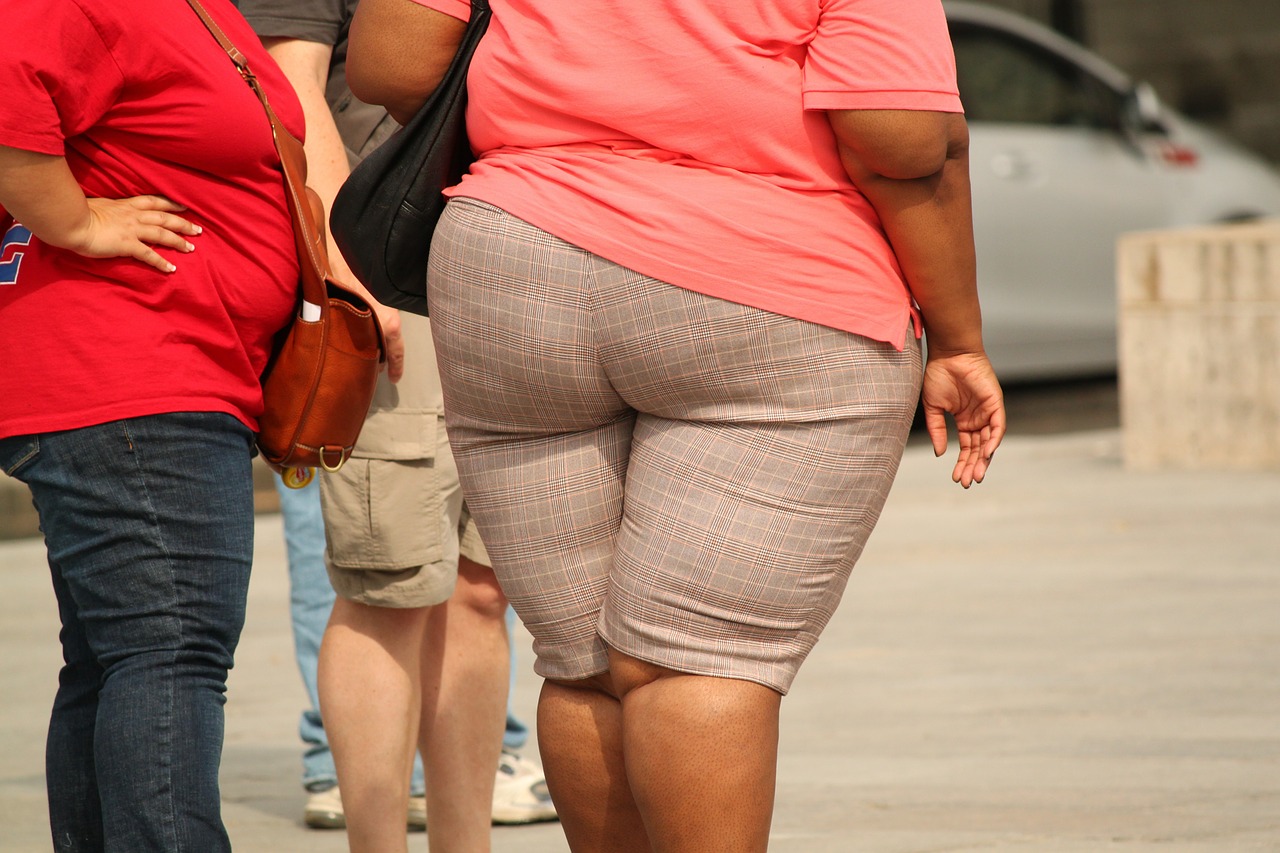
1/2/2022
The average panels used on rooftops and in solar
farms have an efficiency of around 22%. This is because silicon only
responds to certain wavelengths of light, those that are in the red and yellow
part of the electromagnetic spectrum. The longer light waves in the infrared
part of the spectrum are too weak to create an electrical current and the shorter
light waves in the blue and green part of the spectrum don’t create any
electrical current but generate heat, which degrades the efficiency of panels.
The maximum theoretical efficiency of a silicon-based solar panel is 30%.
A group at the University of Cambridge have come up with a system as described in
Nature, of converting the blue and green wavelengths to red with is part of the
spectrum that the silicon can pick up. This can increase the maximum efficiency
to 35% which is 50% more power than solar panels can currently do. “a photon
multiplier film made up of a layer of an organic polymer called pentacene
studded with lead selenide quantum dots — small, light emitting clumps of
inorganic material. The polymer absorbs blue and green photons and converts
them into pairs of excitons. These excitons flow to the quantum dots, which
absorb them and emit lower energy red or infrared photons.” Now this
technology exists we wait until it can be cheaply manufactured.
Image Nature

Highest January Total since we began the records. View Data
New ways, New technology